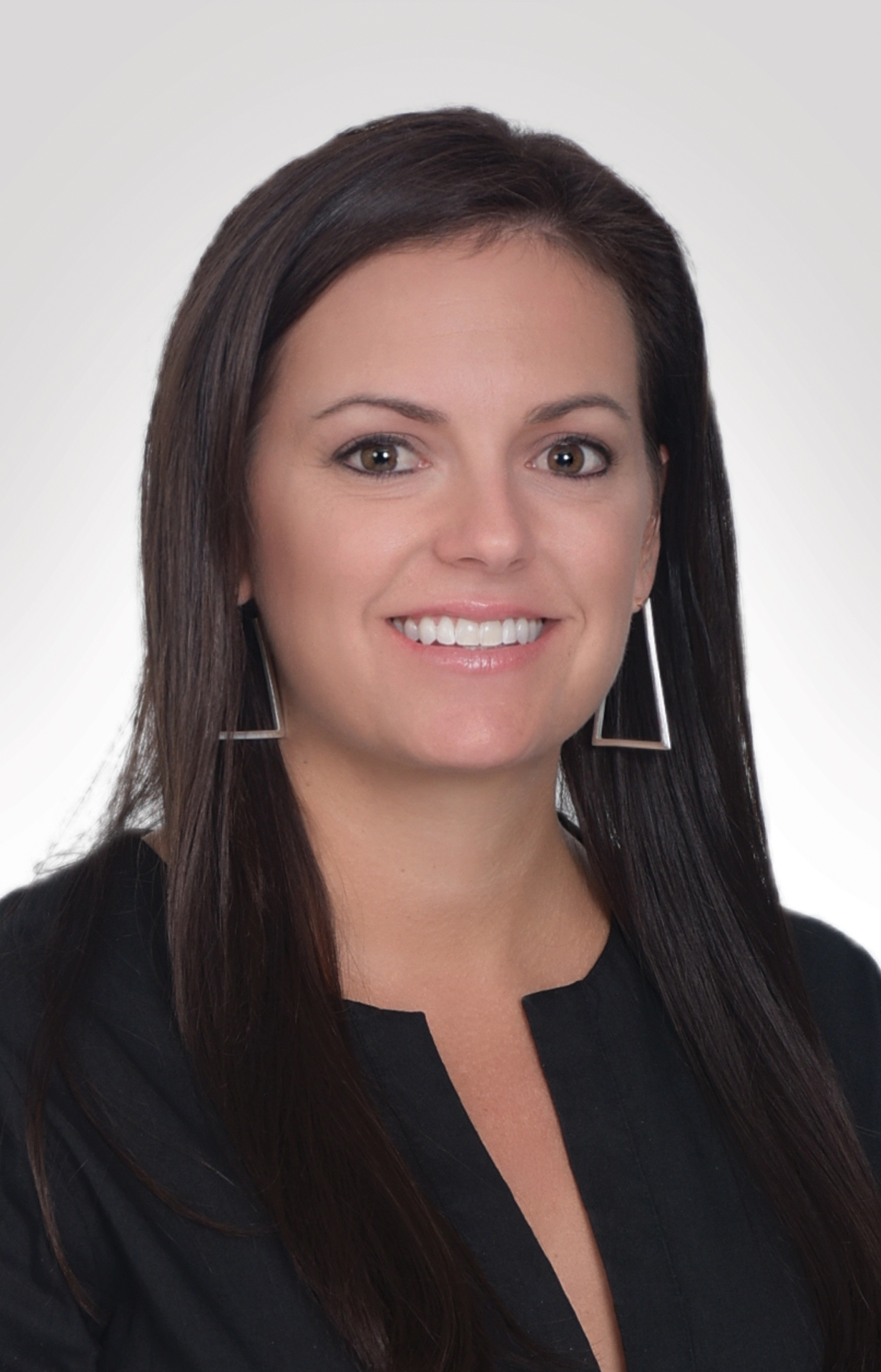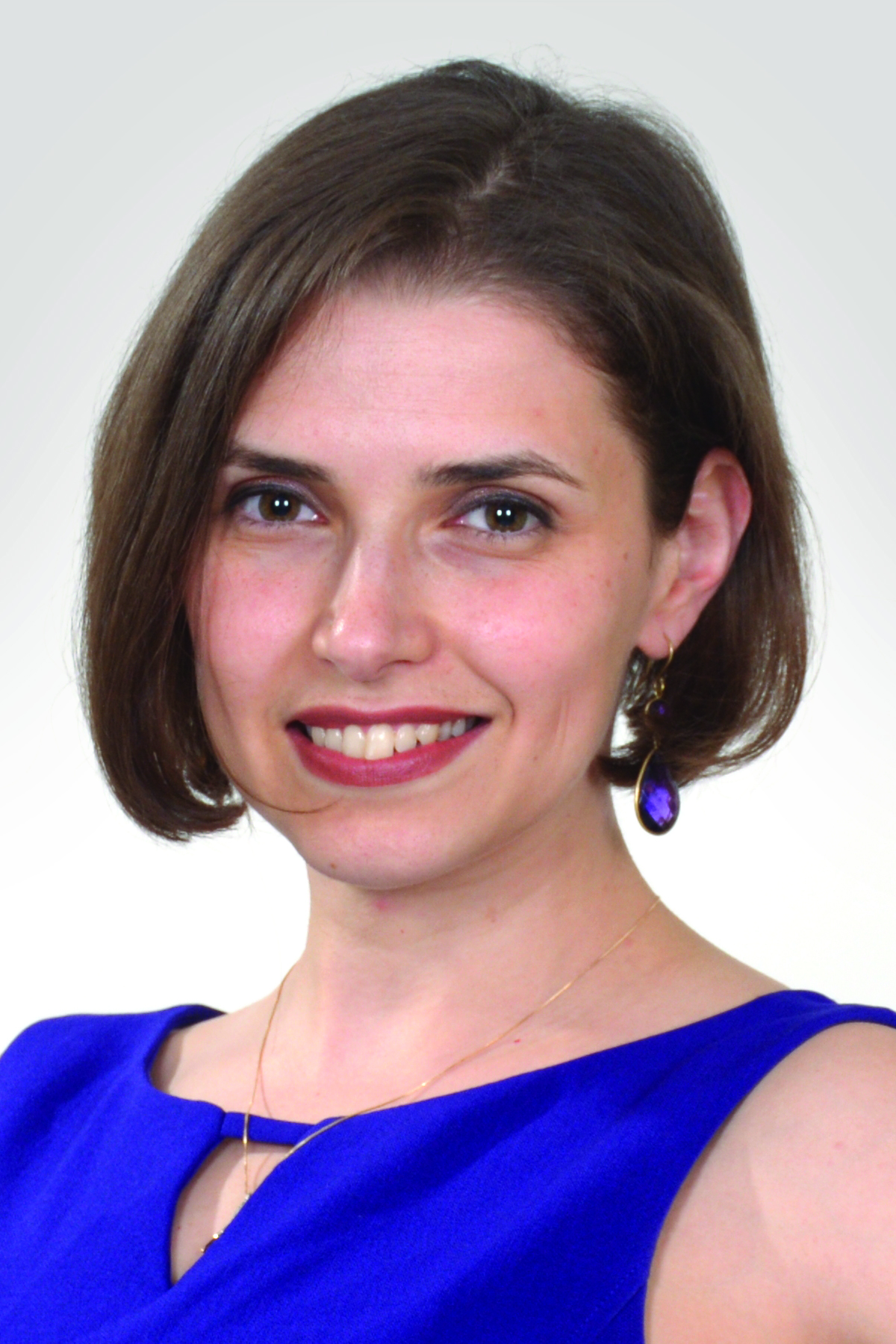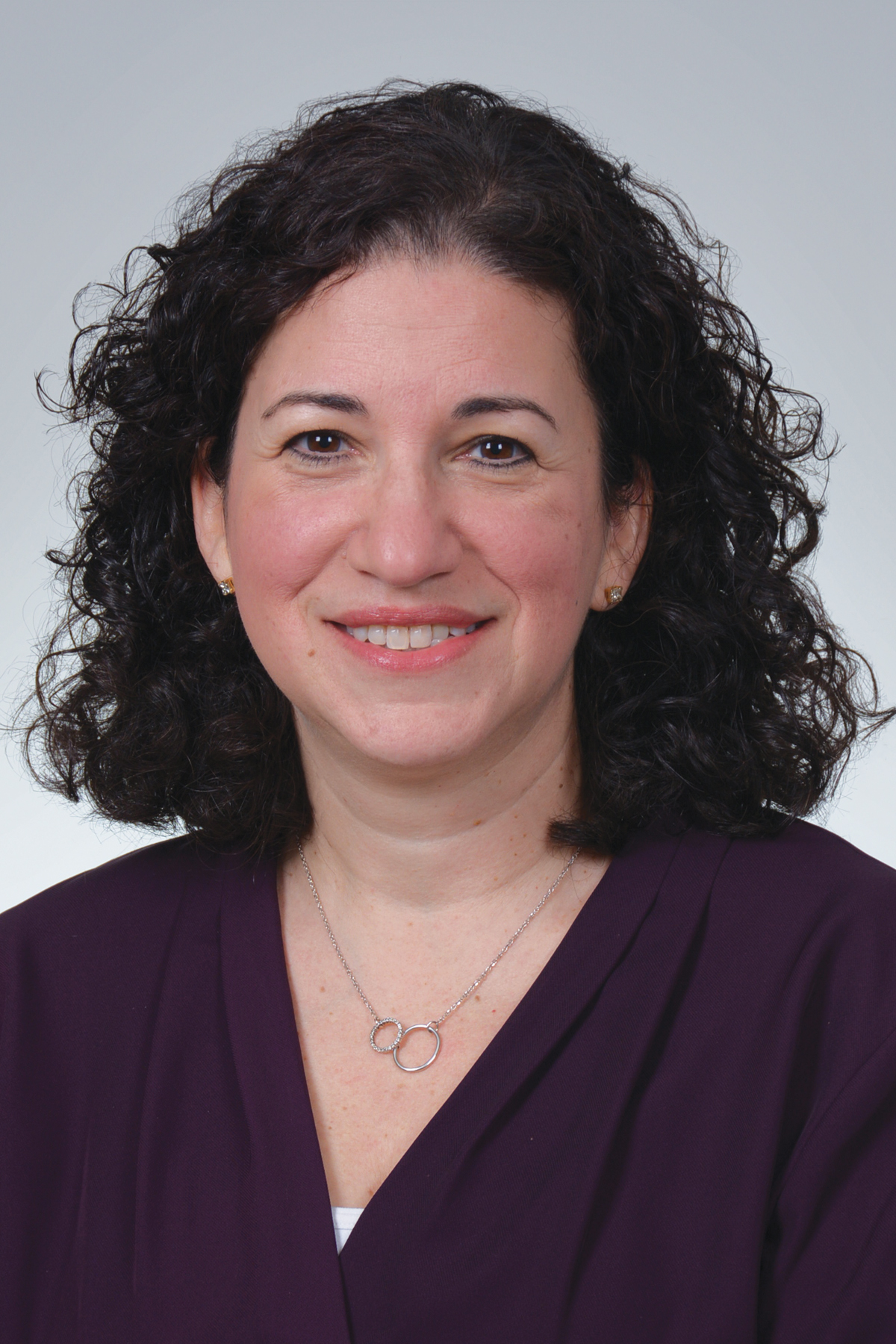ARTICLE SUMMARY:
Starlight Cardiovascular is an early-stage company focused on innovative products to solve challenging issues in neonatal care. The company is currently designing and developing a stent for the ductus arteriosus of neonates. Health Advances interviewed the co-founder and CEO of Starlight Cardiovascular, Beverly Tang, PhD, and VP of strategic and product marketing, Kathryn Olson, to discuss their journey, the company’s progress to date, and their advice for pediatric device entrepreneurs.
Seeing a “blue” baby shortly after giving birth is a new parent’s worst nightmare. Congenital heart defects (CHDs) are the most common group of birth defects, affecting about 40,000 births annually in the United States. Moreover, they are a leading cause of birth-defect-associated infant illness and death, changing the lives of thousands of families. Many CHDs are diagnosed prenatally, while others present shortly after birth.
Presentation varies widely and is dependent on the defect’s severity, ranging from small singular holes inside the heart, to more severe defects, with missing or poorly formed areas of the heart and vessels. Some neonates remain asymptomatic, but those with severe CHDs develop signs and symptoms including cyanosis (blueish discoloration of skin and lips due to lack of oxygen), irregular heartbeat, poor feeding, or a heart murmur. If left undiagnosed and untreated, these conditions can be fatal.
Treating some CHDs requires sustained opening of the ductus arteriosus, a normal fetal vessel connecting the aorta to the pulmonary artery. This conduit closes within hours to days following birth but requires patency in many infants with CHDs prior to surgical repair or palliation. For example, ductal-dependent circulation is critical for neonates with cyanotic CHDs, such as tetralogy of Fallot and hypoplastic left heart syndrome; those babies require either sustained ductal patency or surgical intervention.2
There are a few ways to maintain fetal circulation in a cyanotic newborn, including placement of an aortopulmonary Blalock-Thomas-Taussig (BTT) shunt or a minimally invasive coronary stent used off-label in the patent ductus arteriosus (PDA), following a short period of prostaglandin (PGE1) infusion. BTT shunt therapy was first used in 1944 and requires an open-chest surgery to place a small tube connecting the systemic and pulmonary circulations, creating a pathway for blood to reach the lungs. Alternatively, a coronary stent is placed in the PDA by a pediatric interventional cardiologist through the vessels and keeps the ductus arteriosus open to facilitate aortopulmonary connection. This minimally invasive procedure was introduced in 1992 to treat ductal-dependent CHDs and has gained popularity in recent years. Recent research suggests that stenting of the PDA can be used as a reasonable alternative to BTT shunts.[1],[2],[3]
Although the two treatments are effective in treating neonates with ductal-dependent CHDs, limitations exist. The modified BTT shunt is an invasive “open chest” procedure, carrying multiple risks. One study reported an overall 7.2% morbidity rate and 13.1% mortality rate.[4]
While outcomes are equivalent or superior with stenting of the PDA relative to shunt placement, about 40% of infants require a subsequent reintervention following stent placement.[5] Possible causes include misplacement due to inexact size, and protrusion into the aorta and pulmonary arteries. Current stents used for PDA are not designed to fit a neonate’s anatomy, as they are repurposed adult coronary artery stents.
A growing trend prioritizes stenting of the PDA over modified BTT shunts as a first-line treatment. However, the technical difficulty of applying the adult-use instruments in neonates with complex cardiovascular anatomy and different scales of size remains the main challenge for interventional cardiologists.
The Starlight Cardiovascular ductus arteriosus stent and delivery system addresses current challenges with repurposed adult stents by including a right-sized microcatheter delivery system, end-to-end coverage of the ductus, easier navigation and deployment through tortuous ductus anatomy, and precise placement to avoid protrusion into the aorta and pulmonary arteries.[6] The company received several Small Business Innovation Research (SBIR) grants to develop the ductus arteriosus stent, as well as a second product in its pipeline, a pulmonary flow restrictor, to prevent overcirculation to the pulmonary vasculature. We interviewed Beverly Tang, co-founder and CEO of Starlight Cardiovascular, and Kathryn Olson, VP of strategic and product marketing, to gain more insights about ongoing efforts in the pediatric innovative device space.
Michael Zhang: How was Starlight Cardiovascular founded?
Beverly Tang: Starlight was started by a group of entrepreneurs who have seen the unmet needs in the pediatric cardiovascular space for a long time. Understanding that larger medical device companies would be unlikely to tackle these needs, we felt that it would take a smaller, more nimble company to commercialize these pediatric products. We are lucky to have a phenomenal team with over a hundred years of combined experience. As part of our founding team, we have Dr. Pedro del Nido, the chair of cardiac surgery at Boston Children’s Hospital, Dr. Tom Duerig, who is well-known for bringing nitinol into the medical device arena, Dr. Attila Meretei, a serial entrepreneur, and Dr. Carl Berke, a venture capitalist with a deep background in early-stage innovation management and strategy. These varied backgrounds have been critical in the company’s success, giving us the clinical, medical device manufacturing, and business strategy experience we need.
Sydney Upah: How did you nail down to the current unmet need your company is addressing within the pediatric cardiology space?
Tang: We founded this company based on our mutual interest in making an impact in pediatric cardiology and used the Biodesign Innovation process to land on the current needs we are addressing. We first spoke with a number of physicians and realized that most devices used to treat babies are designed for full-grown adults, rather than infants. Through our conversations with pediatric interventional cardiologists and cardiovascular surgeons, literature reviews, and watching conferences and cases online, we arrived at 50 unmet clinical needs in this space and used the Biodesign process to start filtering down those needs using unbiased filters. Patient impact and clinical risk were important filters. Our medical advisory board also discussed the trend and benefits of moving certain procedures out of the surgical suite and into the catheter lab. Filtering and validating the needs with clinicians led us to our first two products.
Through our conversations with pediatric interventional cardiologists and cardiovascular surgeons, literature reviews, and watching conferences and cases online, we arrived at 50 unmet clinical needs in this space.
Upah: What products are you currently developing within this space?
Katheryn Olson: We are currently developing two products. The first is a ductus arteriosus stent, which is tailored to keep this specific vessel open and provide critical blood supply to either the lungs or body as compensation for the altered development of those babies’ hearts. Our second product is a pulmonary flow restrictor, designed to prevent overcirculation in the lungs. While either of the two devices under development can be used in a number of different CHDs, taken together, they could provide a completely minimally invasive first-stage treatment for hypoplastic left heart syndrome, one of the most severe and morbid CHDs.
Susan Posner: Are these two products being developed simultaneously?
Tang: Both products are in development, but our ductus arteriosus stent is ahead of the flow restrictor. We are not a typical start-up that is focused on only one product. There is not one device that will treat all CHDs. Physicians need a toolkit similar to what is available in the adult space. Due to the heterogenous needs in this space and the smaller and underserved nature of the pediatric market, our strategy is to develop multiple products simultaneously to meet more clinical needs, capture a larger overall market, and foster sustainability of the business. We feel there are many synergies and upsides to this strategy. Our physical resources, such as the lab and office space, partnerships with doctors, and human capital, can be utilized across both projects, increasing efficiencies. Further, we also spread the inherent risks of early-stage development by not putting all our eggs in one basket. Our investment partners appreciate the synergy and cost-effectiveness of this strategy.
Upah: Can you tell us a little more about the ductus arteriosus stent? Are there any specific indications under CHDs you are targeting?
Olson: The ductus arteriosus stent is a self-expanding stent that can be delivered through a microcatheter to facilitate delivery in tortuosity and can conform to the ductus arteriosus shape to facilitate precise stent placement to cover the entire ductus arteriosus. We know that stents used off-label for this procedure cannot always navigate a tortuous ductus and that it is difficult to predict the final stented geometry during placement. The intention behind the Starlight stent is that it will make the procedure easier and safer. The stent will have applicability in both ductal dependent pulmonary circulation defects, such as pulmonary atresia and pulmonary stenosis, as well as ductal dependent systemic circulation defects like hypoplastic left heart syndrome. Our goal is for utilization in CHD patients that need very early intervention.
We know that stents used off-label for this procedure cannot always navigate a tortuous ductus and that it is difficult to predict the final stented geometry during placement. The intention behind the Starlight stent is that it will make the procedure easier and safer.
Posner: What is the reaction from the pediatric cardiology community?
Tang: They are excited about the product. We attended a clinical conference during the early days of the company, and there was a session called “my wish list.” During that session, the ductus arteriosus stent was featured as one of the devices that physicians wished they had. We also conducted a survey of 45 physicians online during COVID, which further validated the need for the stent. I even got a call from one of our physician advisors, who said, “I had a case today, and I wish I had your stent for it!” Overall, this group of physicians is amazing to work with, and they are all very supportive. This is an extremely motiving field to be in.
Zhang: The company was founded during the height of COVID, how did you overcome the inherent obstacles that posed?
Tang: Yes, we founded Starlight in March of 2020, which presented two significant obstacles. Primarily, we missed the opportunity to observe cases and connect with physicians face-to-face, which is a fundamental process for Biodesign. We had to leverage online recordings from conferences and live cases and Zoom conversations with physicians to help substitute for case observations and in-person interactions. As everyone became more comfortable with Zoom meetings, the process of meeting clinicians and investors actually became more efficient: it was easy to speak to someone in Boston and another in San Diego within an hour! Additionally, the funding environment changed overnight, making it monumentally more difficult to raise money. The absence of in-person interaction with investors also added a layer of difficulty. Thankfully, we were able to raise a seed round from our network to get the company off the ground.
Zhang: Congratulations on your Small Business Innovation Research awards. How has Starlight used the funds?
Tang: We have been fortunate enough to win three SBIR awards so far, two for the ductus arteriosus stent and one for the pulmonary flow restrictor. For the ductus arteriosus stent, the first grant helped to get us through the acute animal studies, and the second grant will help support continued development of the device through chronic animal studies and design verification and validation testing. For the pulmonary flow restrictor, we have conducted hemodynamic computational modeling and analysis and have advanced prototypes for that product that are ready for an animal model.
Upah: Based on your experience in both founding a company in a smaller clinical area and participating in the Biodesign process, what learnings or advice would you like to share with the next generation of entrepreneurs in this space?
Tang: My advice is for future innovators to collaborate in this space. In this notoriously underfunded area of high need and high impact, there is no reason that innovators should have to compete or reinvent the wheel. With the limited resources that are coming into this space, it seems inefficient for each innovator to be sitting in their own silo and recreating the same start-up structure around each innovation. We can all learn from each other, become more efficient, and create more value together!
Olson: Additionally, I would encourage innovators to stay true to clinical-needs-based innovation. The Stanford Biodesign Innovation Process in particular helps to reduce a lot of bias. Early-stage innovators can quickly fall in love with a technical solution, and they drive the company with that technology, which may not be the best fit for the needs they are trying to solve. It is hard to admit that once you are a certain way down the path. So, it’s important to stay true to the clinical need and be internally honest with yourself.
The authors of the article are from strategy consulting firm, Health Advances. Founded in 1992, Health Advances is a leading healthcare strategy firm advising clients in the biopharma, devices, diagnostic, and health IT sectors. The authors can be reached at MedTech@healthadvances.com.
 Michael Zhang, MD, is a consultant at Health Advances and a member of the MedTech, Musculoskeletal, and Digital Health practices.
Michael Zhang, MD, is a consultant at Health Advances and a member of the MedTech, Musculoskeletal, and Digital Health practices.
 Sydney Upah, CRNP, is a consultant at Health Advances and a member of the MedTech, Digital Health, and Health IT practices. Prior to consulting, Sydney worked at the Children’s Hospital of Philadelphia as a clinical nurse in the NICU and a nurse practitioner with the Division of General, Thoracic, and Fetal Surgery.
Sydney Upah, CRNP, is a consultant at Health Advances and a member of the MedTech, Digital Health, and Health IT practices. Prior to consulting, Sydney worked at the Children’s Hospital of Philadelphia as a clinical nurse in the NICU and a nurse practitioner with the Division of General, Thoracic, and Fetal Surgery.
 Masha Dumanis is a vice president at Health Advances and co-leader of the Women’s Health Cross-Sector Practice. Additionally, Masha is a member of Health Advances’ Digital Health and HIT and MedTech Leadership Groups and has 12 years of healthcare consulting experience.
Masha Dumanis is a vice president at Health Advances and co-leader of the Women’s Health Cross-Sector Practice. Additionally, Masha is a member of Health Advances’ Digital Health and HIT and MedTech Leadership Groups and has 12 years of healthcare consulting experience.
 Susan Posner is a partner at Health Advances and co-leads the MedTech practice.
Susan Posner is a partner at Health Advances and co-leads the MedTech practice.
Susan has over 20 years of healthcare experience.
Reference Links:
[1] Tseng et al., 2022 J Am Heart Assoc.
[2]Glatz et al., 2017 Circulation
[3]Goldstein et al. 2019 Circ Cardiovasc Interv.
[4]Petrucci et al. 2011 Ann Thorac Surg
[5]Shahanavaz et al., 2021 Circulation: Cardiovascular Interventions
[6]SBIR.gov
Kumar: Stent implantation of patent ductus arteriosus in a newborn baby - PMC (nih.gov)

